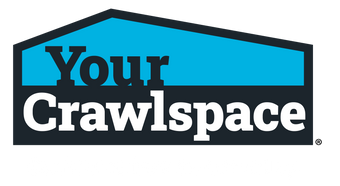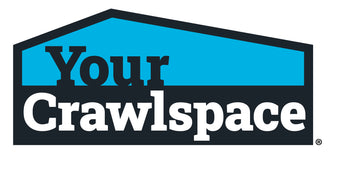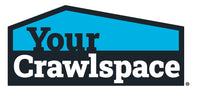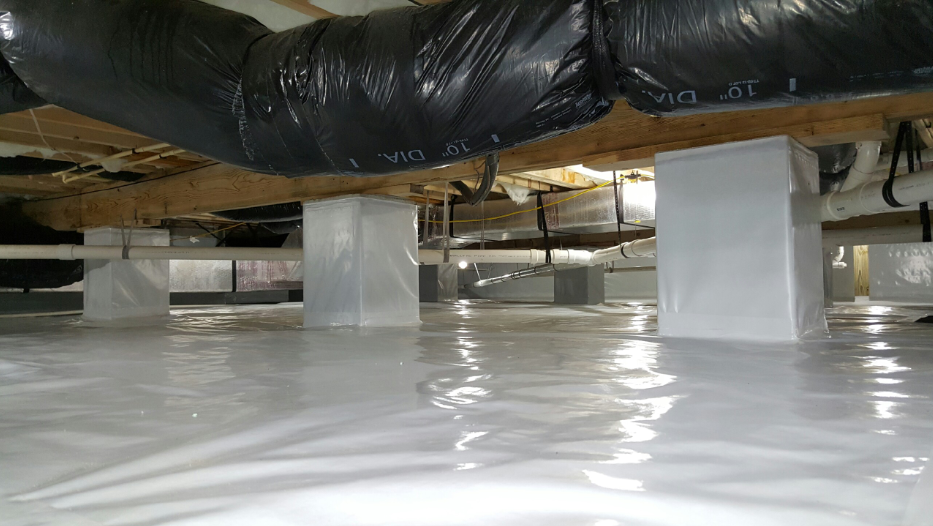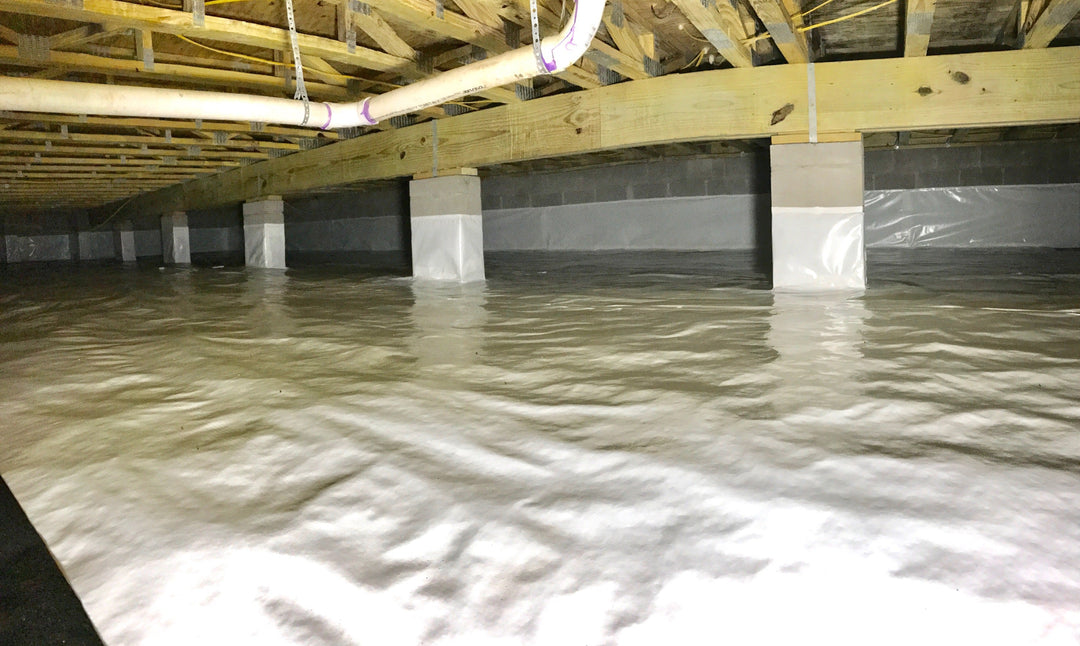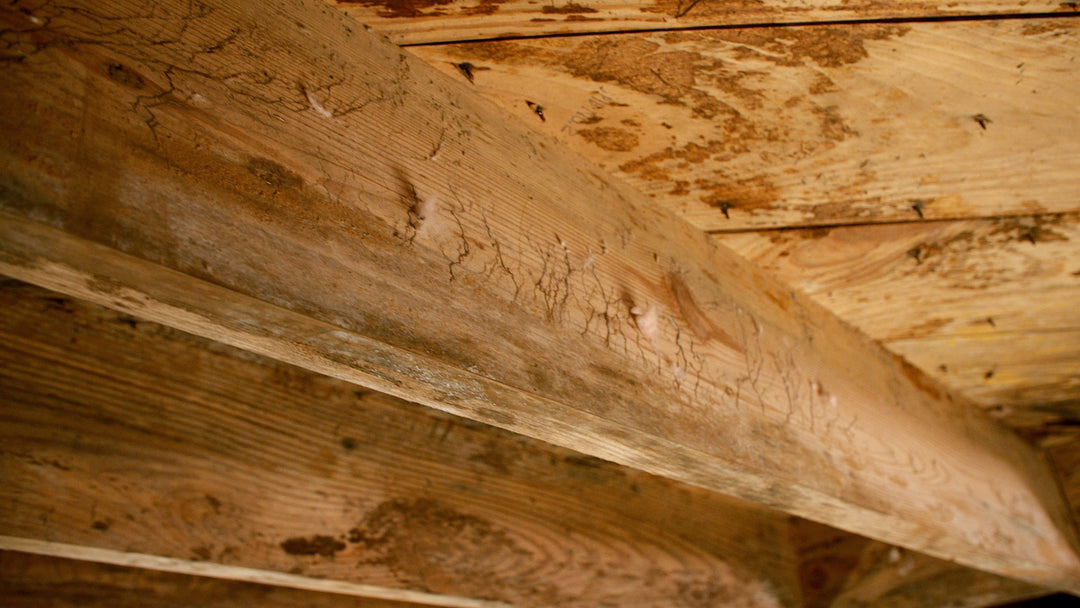The Biggest Threat to Your Home: Moisture
Tips from a Crawlspace Industry Expert
Shortly after entering the Pest Control industry in 1988 (actually my second day on the job), my training manager and I inspected a crawlspace home that set my career perspective from that day to the present.
That morning, a very upset homeowner called our office. She described the problem by saying her house was “falling down.” She was not a customer but thought termites were “eating the house down” and wanted us to inspect the home and fix the problem for her. At the time, I had no idea how common this scenario was for pest control companies.
Long story short, we did the inspection, and what we found would impact my career profoundly. I have spent more than three decades studying how to solve the problems customers face with their homes, and I’ve dedicated more than 20 years of that career to understanding how water is always the common denominator with these destructive problems.
The Damaging Effects of Moisture in the Crawlspace
The brief details of this particular home inspection showed that the house did have past evidence of termites and some evidence of old damage from that infestation. However, it was a totally different situation that was actually causing the homeowner’s concerns with weak floors and sticking doors and windows. The homeowner’s crawlspace was so wet, our moisture meters were maxing out, and the insulation had fallen down onto the ground because it was so heavy with water. The floor joists and subfloor were dripping with water and the wood was covered with a dark brown, hair-like growth.
My training manager told me this “hair” was actually fungal growth, called wood-decaying fungi. As he explained to me what I was seeing, I could hardly believe water vapor could do this type of damage inside a crawlspace. I was confused because there were no leaking pipes and no backed up sewer lines overflowing—just the water vapor evaporating from the ground and the warm moist air entering through the foundation vents that was condensing on a cooler surface causing this amount of water inside the crawlspace.
What amazed me even more was when the customer told us the house was only 10 years old. But within that 10 years, the continuation and accumulation of excessive moisture had structurally damaged the home to the point it physically looked like a much older structure. The exposed wooden framing material inside the crawlspace was almost black and so weak we could actually reach up and pull pieces of the floor joists off with our bare hands (we did not do much of that).
Water entering the crawlspace in the form of water vapor over a relatively short period of time had almost destroyed this house. I am sure you have seen similar situations in your careers as well.
Wood-Decaying Fungi, Insect Infestations & More
Even more than the threat of termite damage and other wood-destroying insects, I hope you now understand why I am convinced that moisture is the greatest enemy of structures. In fact, those insect infestations rely on a certain amount of water (moisture content) for survival. Wood decay fungal growth that sucks the life out of wood needs a lot of moisture to thrive. The point I want you to be crystal clear about is that without excessive amounts of water, the other problems would have a hard time existing or surviving, much less thriving.
As professionals, we need to look at the whole picture. When inspecting and analyzing a structure with issues like fungal growth, wood rot, insect infestations, deteriorating foundations, wet insulation, mildew, and mold, you are witnessing symptoms of a water intrusion problem with the structure.
Once you have identified the source of the moisture problem correctly, an action plan can be determined to resolve the source and protect the structure from further problems. As I noted above, this will involve a thorough examination of the structure’s water drainage system, and figuring out if the crawlspace has a properly installed moisture barrier. In addition, the foundation venting system may not be performing well enough to keep the crawlspace dry.
My intent is to offer you an all-encompassing way of thinking about pest control or fungus and mold remediation. By solving the excessive moisture problems of a structure, especially inside a crawlspace, you will have wide-reaching effects on other problems you might deal with in the structure. At the end of the day, your customers will be happier, and your business will be more successful.
How Your Crawlspace Can Help
Your Crawlspace, an experienced crawlspace encapsulation innovator with years of industry experience, has designed a very effective crawlspace moisture control system that includes effective products like foundation drainage solutions, complete sump pump packages, and patented moisture barriers, sealants, and tapes.
The professional team at Your Crawlspace offers how-to videos and in-person training for you and your team. Their team members will come to you and work in the field with your team, actually demonstrating their system and components to further support you.
Your Crawlspace and I are excited to have an opportunity to help you and your team in any way possible to be the best in providing a successful customer valued moisture control program. If you have any question or would like to comment on this blog, you can contact Your Crawlspace at www.yourcrawlspace.com.
Don Richards CAE, CPI
